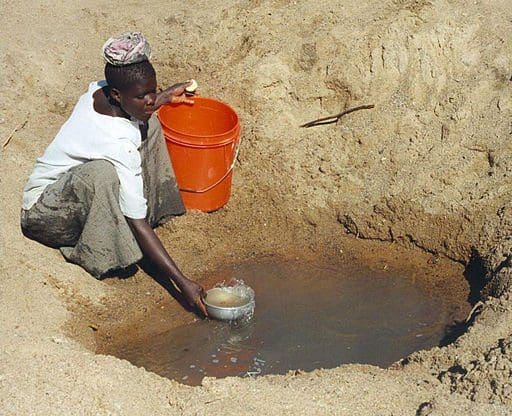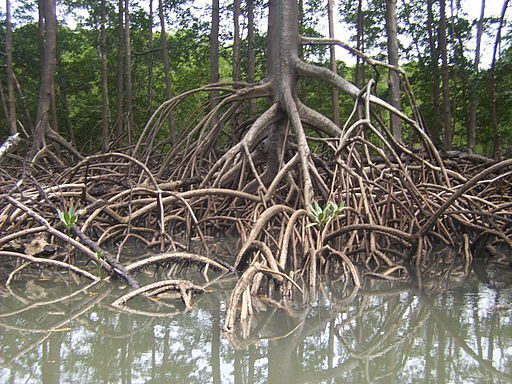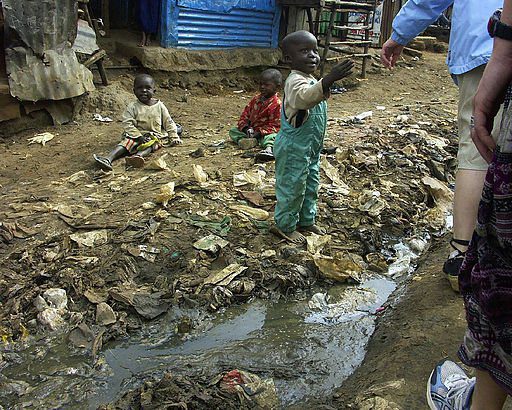News
The Global Water Crisis: Past, Present, and Future
Despite its abundance on our planet, water is actually a scarce and finite resource. Only 0.0007% of the fresh water on Earth is readily accessible for human use. People compete with business and agriculture for water. As a result, nearly 750 million people worldwide do not have access to improved drinking water, according to a 2012 report by the World Health Organization.
Water for Life charity programs are aimed at helping to solve the growing global water crisis. Through volunteer efforts and innovative solutions, the Water for Life organization is bringing real change to many parts of the world where access to clean water is a critical need.
The problem of providing clean, potable water sources for people in developing countries is not new. Despite the work of non-government and non-profit organizations to find solutions, millions of people worldwide continue to live with the risks of debilitating disease and death from water-borne illnesses.
The crisis persists in the most impoverished areas of the world due to several reasons:

Population growth: Every year, Earth’s population grows by another 80 million people. By 2050, it is estimated there will be 9.1 billion on the planet. 2.4 billion of these people will live in Sub-Saharan Africa, among the most water-stressed regions in the world. And research funded by UNESCO found that demand for water has grown at double the rate of population growth, placing more stress on water resources that are already taxed.
Urbanization: The trend of people moving from rural areas into cities is expected to continue, with the total population of urban areas estimated to reach 6.3 billion by 2050 according to the World Water Assessment Program. Most of the migration to cities will occur in the developing world, with many people settling into slums where inadequate sanitation systems are already a problem and contribute to persistent water contamination issues.
Competition for resources: The biggest demand for water isn’t expected to come from people. Instead, industry and agriculture will compete with populations for water access. Agriculture itself accounts for around 70 percent of worldwide fresh water use. That share is higher in the least developed countries—the very places where the water crisis is acute.
Drought and climate change: In many developing parts of the world, from the Amazon rain forest to the Horn of Africa, climate change is contributing to worsening drought conditions. Droughts have a multiplying effect on the water crisis: not only does the scarcity of fresh water harm regional populations, persistent drought conditions eventually push people to migrate into cities where sanitation systems are already strained and clean water is hard to find.

These causes of the water crisis will not vanish. That makes the Water for Life international efforts even more critical in a world where clean drinking water becomes more scarce.
Their simple, easy-to-use solution for filtering contaminants from drinking water improves the lives of thousands of people living in developing countries around the globe. With help from individual volunteers and mission groups, more lives are being saved and more people are enjoying a better quality of life.
In Kibera, Nairobi, an example of lack of access to basic sanitation. By hris1johnson [CC BY 2.0] via Wikimedia Commons



